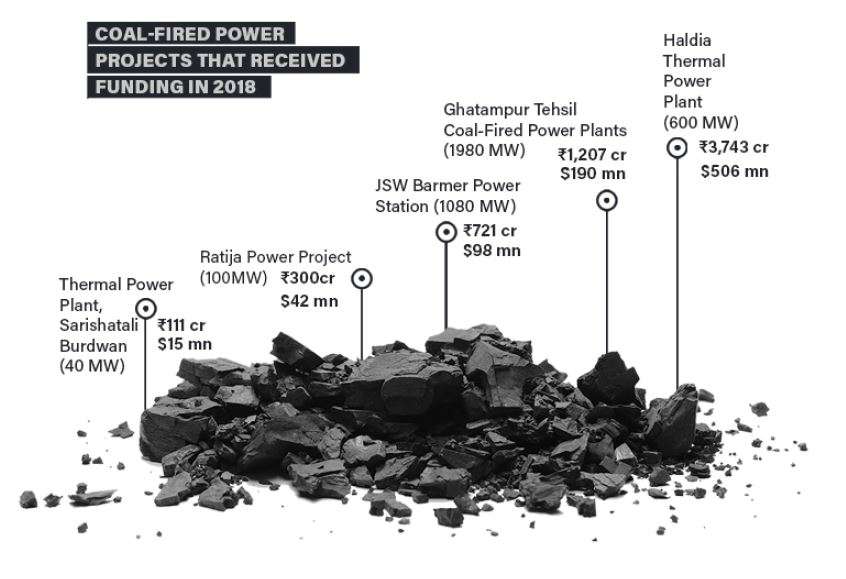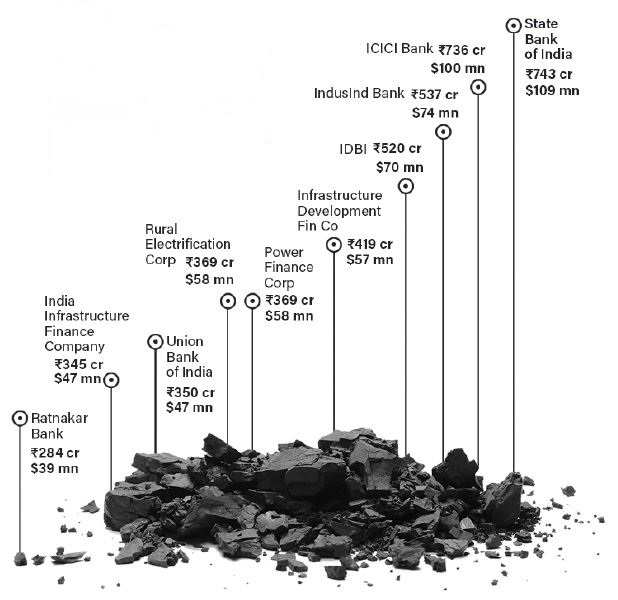The institution that in rest of the world is known for pelleting hospitals and civilians in Kashmir today dropped petals over hospital in India. Militarism’s direct and indirect toll on health of the people in parts of North East and Red Corridor but most significantly in Kashmir is massive. From instances of attacking hospital ambulances to torturing and maiming civilians. The regular curfews but, more sharply since the August last year combined with the internet shutdown create an unprecedented health crisis in the valley.
Today’s military operation is part of a long history of military propaganda campaigns. This one being particularly milder and weaker. The goal of these operations is to project the military as a strong and powerful force that not only crushes the “enemies” but also supports the civilian population in time of calamities. As explained below, well planned propaganda operations rely on hiding facts and even fabrications and lies to consciously shape the population’s perception and behavior. What is achieved is war mongering society that sees war crimes and occupation as necessary and forgets their own economic concerns in fight against “the enemies.”
During the second world war when the so-called “Japanese inspired fifth column” of Indian soldiers, who became part of nationalist military groups and were fighting the Allies, the British Indian Army formed “Josh Groups”. In the meetings of the Josh Groups stories were circulated within the British Indian troops of Japanese atrocities on Prisoners of War and the occupied countries, as well as associate the INA troops to these atrocities.
“Josh is the strongest and most effective counter-propaganda method yet involved to combat the Japanese Intelligence offensive… it is the morale counter-offensive weapon against these dangerous activities”
(Indian National Army and Free Burma Army, Vol. 1.)
It is helpful to quote in full what the General Headquarters said it entails:
“Josh Groups are intended to:
(a) build in every Indian soldier the knowledge and firm faith that the Japanese and everyone who represents the Japanese are his own personal enemies;
(b) introduce stories of our victories against the Japanese and so turn the conversation around to the topic of why the Japanese are India’s enemies and why and how they will be defeated;
(c) introduce stories of the bravery of Indian soldiers in action and his comradeship-in-arms with his Allies;
(d) utilize entertainment, radios, dramas, information rooms, picture layouts etc., to bring home to the sepoy, through every medium that strikes his imagination, the existence of his chief enemy – the Japanese;
(e) inoculate the Indian soldier with a sound factual basis of true knowledge so that false rumours and brazen lies spread by Japanese, Jifs and Japanese agents can be easily shown as such.”
(Ibid.)
The INA is now celebrated for its heroism in the struggle against the British. So, it isn’t as much about the moral content of who is being demonized but whether it is in our interest to do so? And the lessons of containing these “dangerous activities” (i.e. questioning if our killing of thousands makes any sense or, are we actually the good guys after all) have always stayed in the Indian armed forces. But after the transfer of power, when the offensive that needed combating was no longer from the Japanese but from its own population, which might get involved in these “dangerous activities” of questioning the defense budget, the arms buildup, war mongering to sideline economic issues. So, we became a Josh Nation.
And its effectiveness can be tested by asking a simple question: whether people of this country have a “firm faith that the Pakistan and everyone who represents the Pakistanis are their own personal enemies”?
It’s not just the responsibility of the armed forces, any more, to maintain the Josh Nation but the mass media and political discourse in general is a means of maintaining it.
But within the armed forces it takes the formal form of Joint Doctrine for Perception Management and Psychological Operations of the Headquarters of Integrated Defense Staff. It starts with noting that “conflict is a struggle of wills, which takes place in peoples’ minds.” It says, “it is necessary to understand the motivation of… populations in order to shape their perceptions, affect their will to continue the conflict.” It also concedes that “the ingredients that are untrue are brought out in a manner so as to nullify element of doubt that has been knowingly / unknowingly crept into the information” – in other words, lies and fabrications. (All quotes are from 2010 Doctrine.)
Military Psychological Operations in India need a more detailed study but returning to today’s operation the Doctrine note that “image of Armed Forces for the internal audience is required to be subtly projected as a tough, focused force, offering swift and firm action not only to the enemies of the nation but also for care and protection of our countrymen when no other system can provide succour.”
Today’s “morale counter-offensive” of Josh Nation is in line with building support for state policies at large and image management for the armed forces. The whole activity is more ironic and saddening because it is precisely because of the MiGs and Sukhois that are showering petals over the hospitals the nurses and doctors inside these hospitals do not have protective gears and ventilators. Because a Josh Nation spends 4 times higher on military than it does on health. And because a similar exercise happened in USA few days ago all the bastion of Indian liberal media can tell the PM is that “a little originality would be appreciated.”



